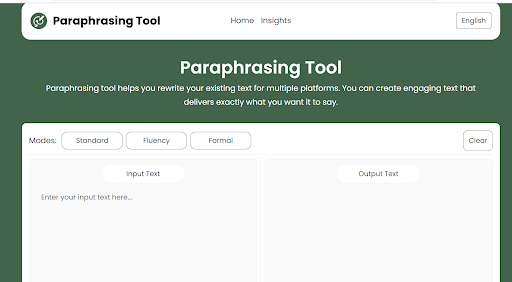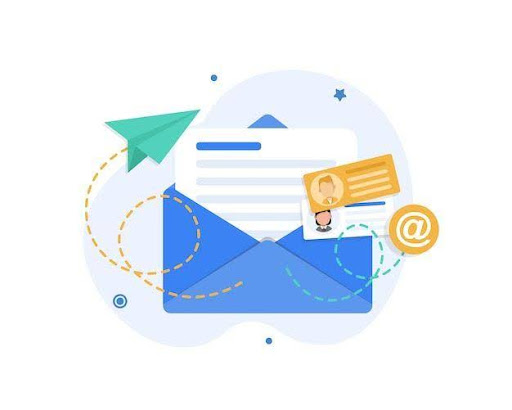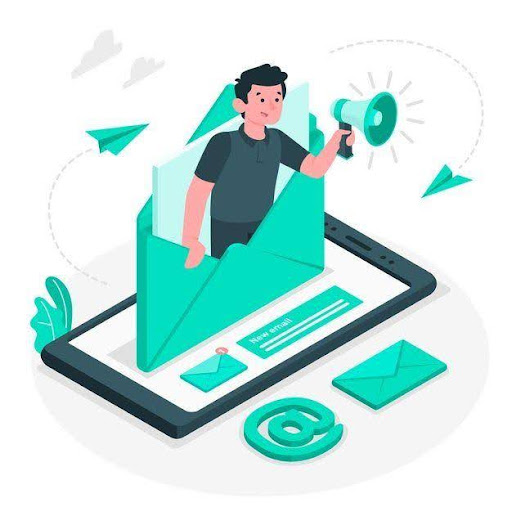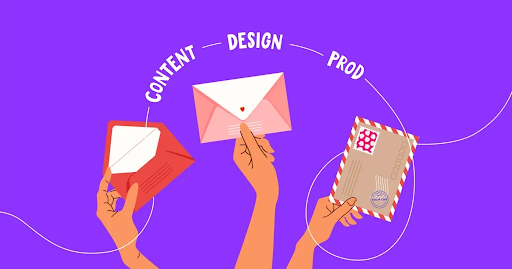Creating e-newsletters filled with useful info can be a fun way to share knowledge and bond with your readers. Just 5 straightforward steps can help you tap into email marketing’s potential and provide your readers content they find valuable.
If you’re new to e-newsletters or want to enhance your existing ones, let’s talk about how to make e-newsletters and spread your message far and wide.
What are content-rich e-newsletters?
Content-rich e-newsletters are like information-packed emails that you send to people who want to hear from you. They’re like mini-magazines in your inbox. These e-newsletters are packed with helpful content such as articles, recommendations, and the latest news.
Read further if you want to better understand what makes content-rich e-newsletters valuable. We will break it down in plain, straightforward language.
Why are E-newsletters important?
Content-rich e-newsletters are essential because they help you stay connected with your audience and share valuable information. Think of them as a friendly way to keep people interested about your business, ideas, or interests. These newsletters connect the communication between you and your readers.
Related Post – How the news fits into our lives
5 Steps for Creating Content-Rich E-Newsletters
It’s possible to make emails that grab your readers’ attention by following these 5 straightforward steps.
Step 1: Pick 5 major topics
In the first step of creating content-rich e-newsletters. It is very helpful to choose five key topics that matter most. These topics will be the building blocks of your newsletters, providing valuable information to your readers.
These main themes engage newsletters that keep your audience interested. For example, if you have a fitness blog, major topics could be “Healthy Eating Tips,” “Workout Routines,” “Nutrition Advice,” “Success Stories,” and “Wellness Trends.”
Step 2: Pick 5 sidebar topics
You should focus on choosing five sidebar topics. These topics are additional subjects that enhance your main themes and provide extra value to your readers. Choose sidebar topics that complement your main content and keep your audience engaged.
This makes the reading experience even more enjoyable. Ensure that your newsletters remain fresh and engaging, just like evergreen content.
Examples of effective sidebar topics include quick tips, featured products or services, customer recommendation, frequently asked questions, expert interviews, behind-the-scenes insights, resource recommendations, polls and surveys, upcoming events, and fun facts.
These added elements help keep your newsletters engaging, informative, and relevant. While ensuring that your audience remains attractive and excited for more.
Step 3: Write effective headlines
When crafting engaging headlines, it helps to paraphrase keywords and main ideas rather than simply repeating phrases verbatim. Using a paraphrase tool can assist you in rewording headline copy in a fresh, compelling way while retaining the core meaning.

For example, if your e-newsletter content offers tips for public speaking, instead of a straightforward headline like “Public Speaking Tips”, you could paraphrase it as “Strategies to Master Your Next Presentation”. A quality paraphrasing tool would help you rework the phrasing while maintaining the essential idea.
The ability to paraphrase is key for creating headings that are informative yet unique. Headlines that sound repetitive or generic won’t make readers feel that your content stands out. Taking the time to put information in your own words pays off by producing more clickable, shareable headlines.
Step 4: Include a call to action
A call-to-action is a key component. It informs your audience of the next step you want them to take. Examples are checking out your website, registering for an activity, or buying a product.
For instance, if your newsletter focuses on cooking tips, an engaging call to action could be “Get Cooking Now – Click to Access Our Top Recipes!”
Here, the active verbs “get” and “access” encourage readers to take action. Relevant words like “cooking” and “recipes” make the CTA specific to the newsletter topic. Using timing words like “now” gives a sense of urgency.
Step 5: Test and optimize your e-newsletters
Creating compelling content is important when making a content-rich e-newsletter. But you also need to connect with your readers. Think of this as a quality check for your newsletters. First, make sure they are heading in the right direction.

Second, track important metrics like open rates and click-through rates. This allows you to analyze and determine which tactics are successful versus those that are not effective. Use A/B testing to try different subject lines, headlines, content types, and layouts.
This shows you what grabs your readers’ attention best. Also, customize content specifically for groups of readers based on their interests and needs.These tips improve your e-newsletters. They ensure your e-newsletters give maximum value to your readers.
Benefits of creating content-rich e-newsletters
These newsletters are a direct and engaging way to communicate with your readers. Whether they are customers, subscribers, or followers. By regularly providing valuable content, you can build trust, credibility, and brand identity.
E-newsletters also work as an affordable marketing tool. They can drive traffic to your website, generate leads, and improve customer retention. E-newsletters showcase your knowledge. They give customized content based on what your readers care about.

Additionally, e-newsletters give helpful data and analytics. This allows you to improve your marketing strategy for best results. These newsletters have global reach, promoting community and connection with subscribers.
They can be used for education, entertainment, marketing, promoting events, new offerings, and campaigns.
Overall, content-rich e-newsletters play a key role in building long-term relationships, driving engagement, and reaching communication and marketing goals.
Final Words
You can make interesting e-newsletters full of useful content by using the 5 easy steps outlined. This helps you create newsletters that inform and connect with your readers.
These newsletters help build trust, reliability, and brand identity with your readers. While it serves as a cost-effective marketing tool. Additionally, they offer valuable data for improving your marketing strategy.
This promotes a sense of community and connection among your subscribers. Overall, content-rich e-newsletters are vital for building long-term relationships, managing engagement, and achieving your communication and marketing goals.

